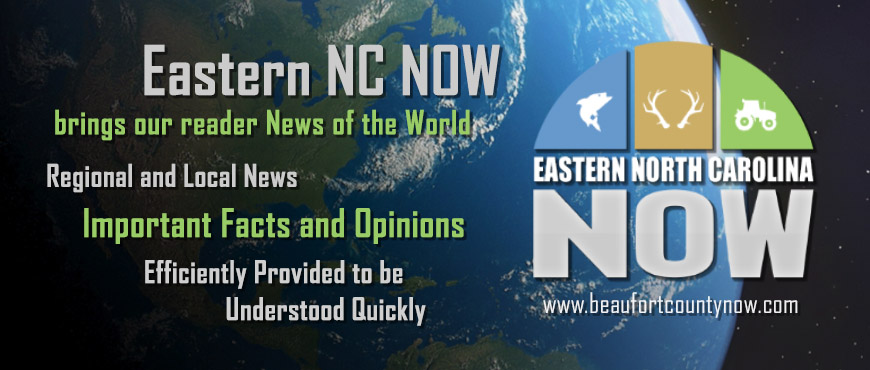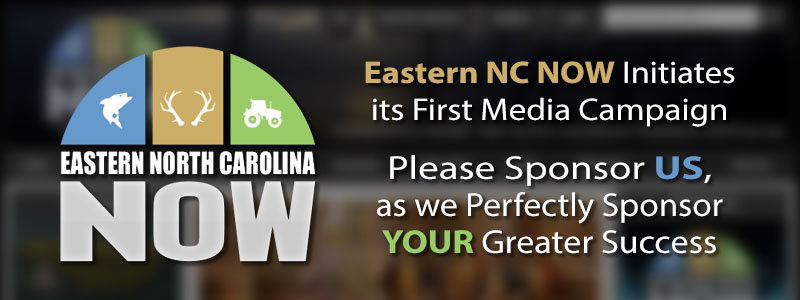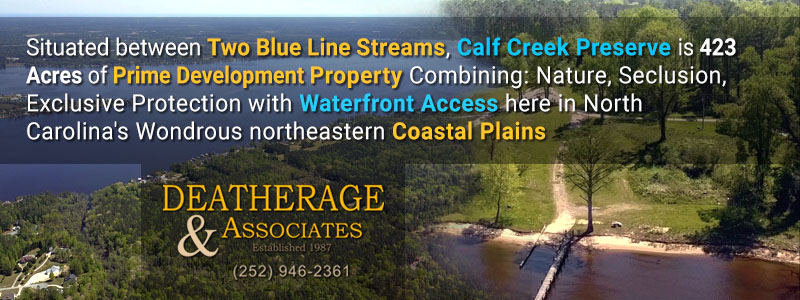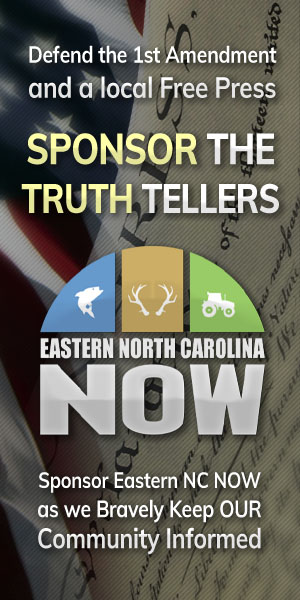Publisher's note: The author of this post is Sarah Curry, who is Director of Fiscal Policy Studies for the John Locke Foundation for the Carolina Journal, John Hood Publisher.
RALEIGH North Carolina's State Park System is made up of 34 state parks, four state recreation areas, and three state natural areas that cost state government $50.8 million last fiscal year. There is no entrance fee to the state parks, and the system currently generates revenue only from camping fees, rental of shelters and other facilities, sale of retail items, operating contracts for marinas and restaurants, and fees for pier permits at the state lakes.
These fees and sales generate only $7.8 million per year, leaving a majority of the cost to be picked up by state taxpayers. The major problem with not charging admission is that the many out-of-state visitors benefit at the expense of North Carolina taxpayers, while North Carolinians who choose not to visit their state parks are still forced to pay for them through their taxes.
So how could the state park system be self-sustaining? Charging a minimal admission fee, like the National Park System does, would create an additional revenue stream. In the National Park model, admission fees and additional charges for camp reservations, rentals, permits, and more go directly toward maintaining the parks where the services are provided.
The cost of maintenance increases as more users enjoy the park, since increased visitation will result in more cars, cleanup, and general maintenance. Under this model, a park that receives more visitors will also generate more revenue to cover the associated maintenance costs.
Another reason to charge admission is to capitalize on visitors to North Carolina's national parks. North Carolina is home to two large National Park System sites, the Blue Ridge Parkway and Great Smoky Mountains National Park, which each attract over
10 million visitors a year.
These large national parks also attract visitors to state parks, since the area becomes a destination with multiday visitors visiting multiple parks. Of the five states with the most-visited national parks - North Carolina, Tennessee, Arizona, California, and Colorado - only North Carolina and
Tennessee have free admission to all state parks.
The state park system's
mission is to "conserve and protect representative examples of the natural beauty, ecological features and recreational resources of statewide significance; to provide outdoor recreational opportunities in a safe and healthy environment; and to provide environmental education opportunities that promote stewardship of the state's natural heritage." That mission can be fulfilled not only for the citizens of North Carolina, but for all visitors to the state's parks, even with a small admission fee.
If the state decided to charge a nominal admission fee to state parks to cover operating expenses, it likely would cover all costs associated with the entire system. According to the
2014 annual report, the operating expense per visitor to N.C. state parks was $2.30. If the state park system introduced a $3 per person admission fee, it would generate $46.8 million in revenue.
Some might believe that, if the state starts charging an admission fee, then the high numbers of visitors will decrease. Normally, this would be a valid concern. But if the governor's budget recommendation is taken, state parks along with other state attractions will be transferred out of the Department of Natural Resources and into the Department of Cultural Resources.
One of the priorities of the transfer will be to promote all sites for tourism through more intentional marketing. This increased marketing of sites should offset any decrease in attendance due to the admission fee.
If a $3 fee proves successful, an attempt to raise the entrance fee to a mere $5 to match the California average could generate around $78 million for the system. That revenue would more than cover the total cost of state parks, and give some extra funding to help ensure the mission of the State Parks System is honored to its fullest extent.

























